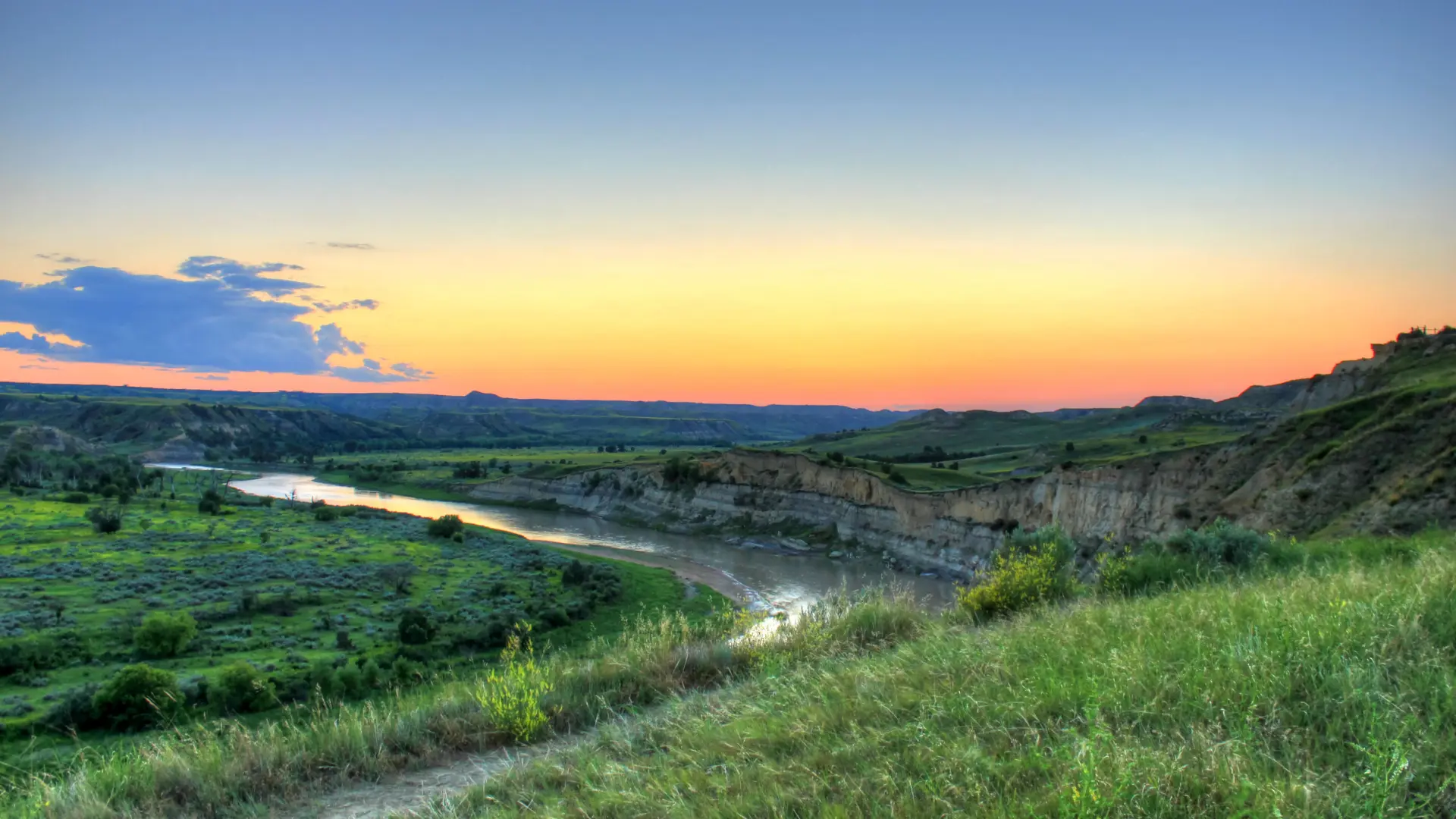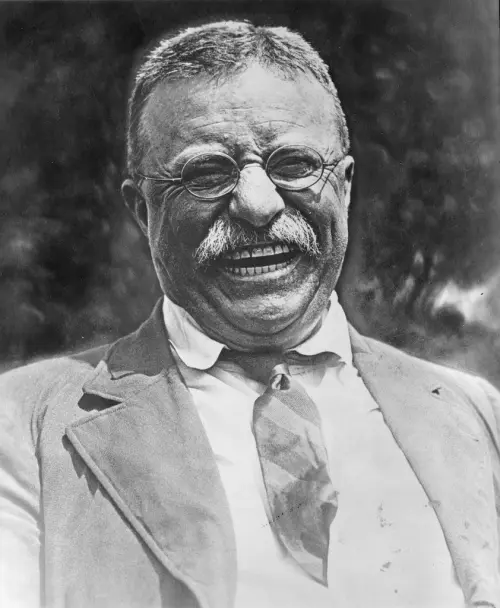ROOSEVELT AND THE BADLANDS: WHY NORTH DAKOTA
TR was a New Yorker by chance, and a North Dakotan by choice; he was an easterner and a westerner, but above all he was quintessentially American.
THE BADLANDS
The Badlands is a striking landscape that spoke to Roosevelt when he first visited in September 1883 to hunt buffalo. He returned not long after, seeking refuge following the deaths of his wife, Alice, and his mother, Mittie, on the same day, February 14, 1884.
It was in the Badlands that Roosevelt grieved and healed as he pursued the “strenuous life,” transforming himself from a frail and underweight city dweller into a larger-than-life character, as he is popularly remembered today. TR himself credited his time in the Badlands as one of the foundational experiences of his life.
“I have always said I would not have been President had it not been for my experience in North Dakota.”
Medora has been chosen as the ideal location within the state to develop the Theodore Roosevelt Presidential Library and Museum (“the Library”) due to the strong association with TR. It was in the Badlands that Roosevelt grieved and healed as he pursued the “strenuous life,” transforming himself from a frail and underweight city dweller into a larger-than-life character, as he is popularly remembered today. TR himself credited his time in the Badlands as one of the foundational experiences of his life.
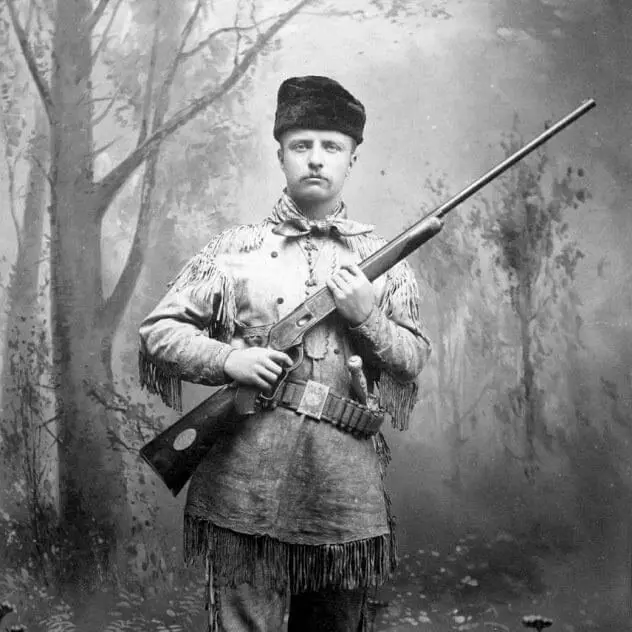
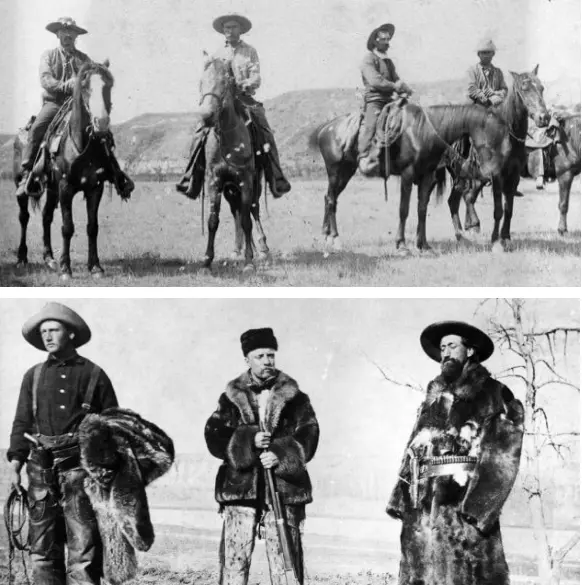
NATIONAL PARKS
The main entrance to the National Park, which bears his name (“TRNP”), is located in Medora, providing visitors with direct access to the unique landscape of the Badlands, including his ranch.
The impact of this landscape on Roosevelt is an important aspect of the TRPLF vision for the project: TRPLF wishes to construct a building that celebrates not just Theodore Roosevelt but also his connection to this iconic American landscape that influenced him – and, by extension, our nation – so deeply.
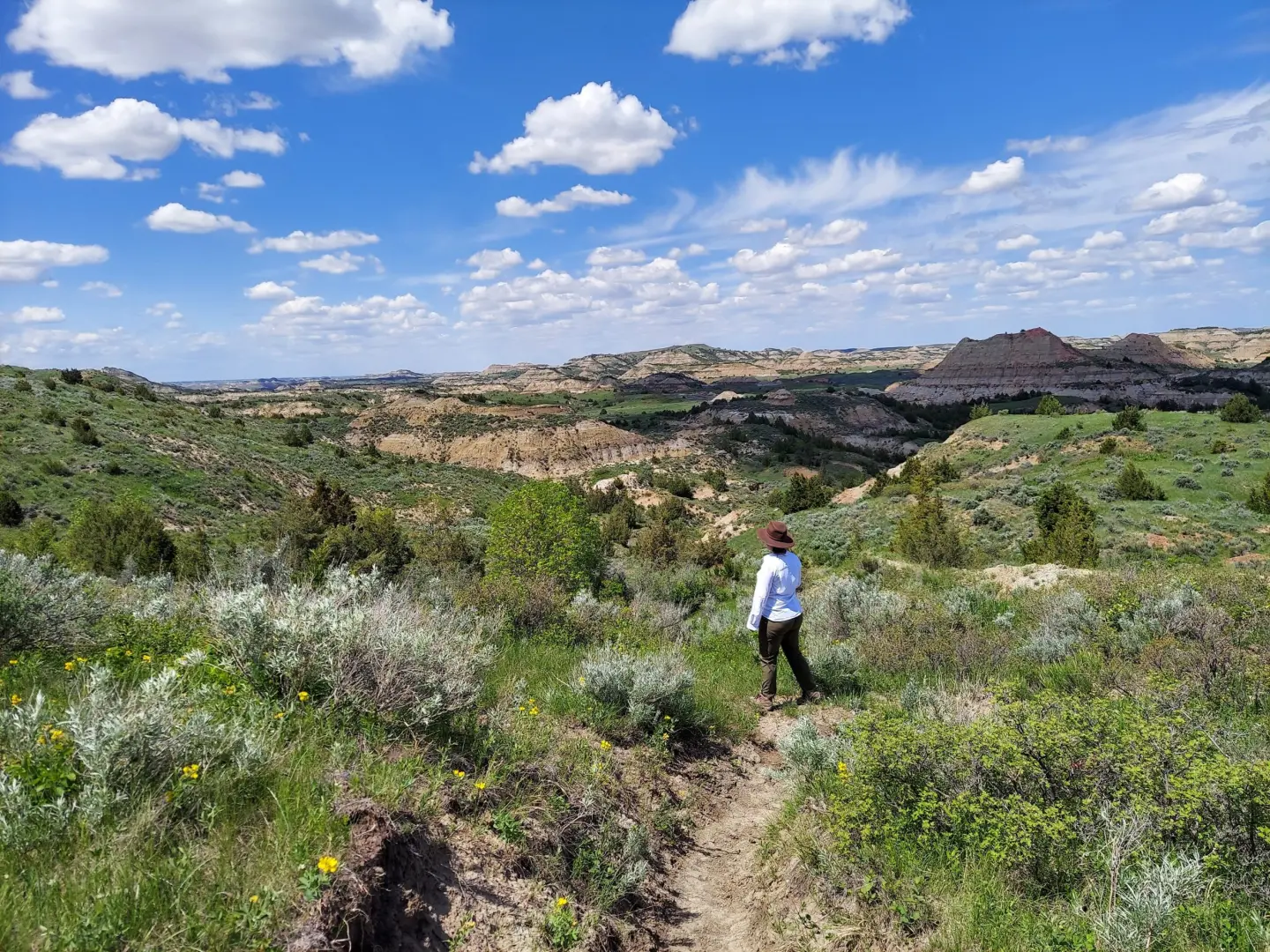
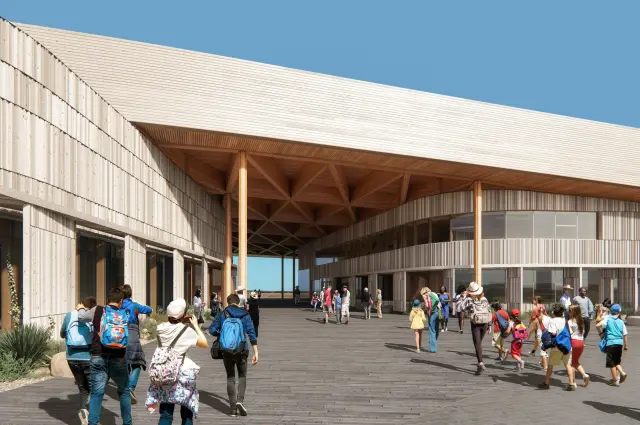
CONTACT US
We aim to build a legacy for today, to create a new tomorrow. But we are not embarking on this journey alone – this is one we are taking together, alongside you. We welcome you to read frequently asked questions below. If you have anything else to share, please reach out through the form below.
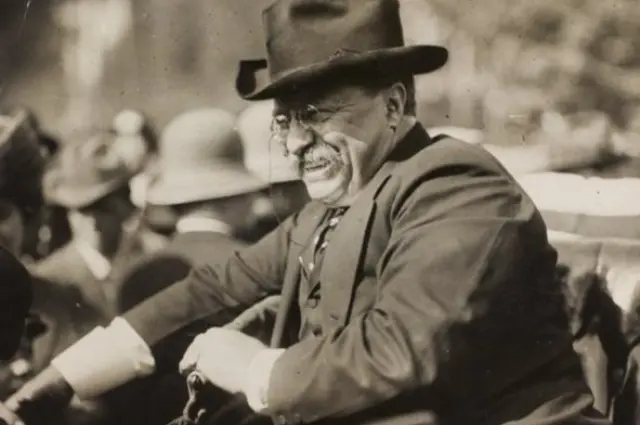
OUR VISION
Theodore Roosevelt died—unexpectedly—on January 6, 1919, and the nation awoke, stunned by the news that such a vigorous, larger-than-life figure was gone. Memorials were planned, associations formed, historic homes preserved, and yet Theodore Roosevelt does not have a presidential library.
